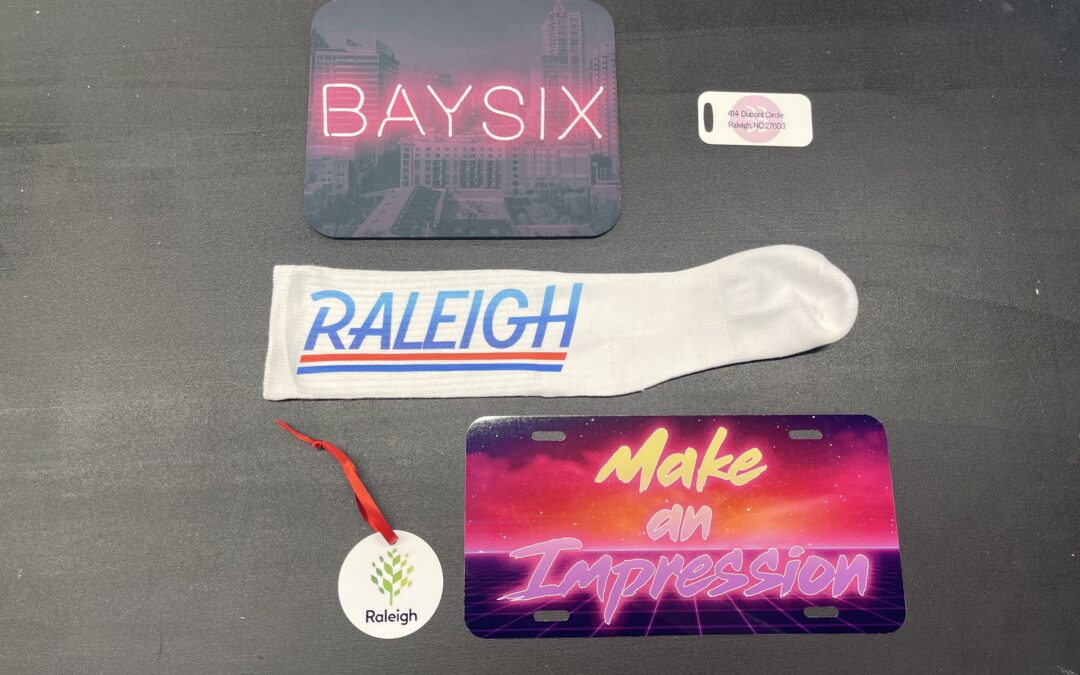In today’s competitive marketplace, businesses and brands are constantly seeking innovative ways to stand out from the crowd and leave a lasting impression on their target audience. One powerful tool in their arsenal? Decorated apparel. From custom screen-printed t-shirts to embroidered polo shirts, decorated apparel serves as a tangible representation of a brand’s identity and values. But beyond mere aesthetics, there’s a fascinating psychology behind decorated apparel that can have a profound impact on consumer perception and behavior. Let’s delve into the depths of this psychology and explore how businesses can harness its power to enhance their brand presence and drive engagement.
The Power of Visual Identity
At the heart of decorated apparel lies the concept of visual identity. Humans are highly visual creatures, and we often make snap judgments based on visual cues. When a consumer encounters a person wearing a garment adorned with a brand’s logo or design, they immediately form associations with that brand based on the visual stimuli presented to them. This is why a well-designed and strategically placed logo on a piece of apparel can serve as a powerful branding tool, reinforcing brand recognition and loyalty.
Identity and Belonging
Beyond mere recognition, decorated apparel taps into deeper psychological needs such as identity and belonging. Humans have an innate desire to belong to social groups and communities, and the clothes we wear play a significant role in signaling our affiliations and allegiances. When employees proudly wear uniforms or branded apparel featuring their company’s logo, they not only represent the brand to the outside world but also foster a sense of unity and camaraderie among themselves. Similarly, when consumers wear merchandise adorned with their favorite brand’s logo, they feel a sense of connection and belonging to that brand’s community.
Emotional Engagement
Decorated apparel has the power to evoke strong emotional responses in consumers. A well-designed logo or graphic can trigger feelings of nostalgia, excitement, or pride, depending on the associations and memories it conjures up. By tapping into these emotions, businesses can create deeper connections with their audience and foster long-term brand loyalty. Whether it’s a vintage-inspired design that harks back to simpler times or a bold, modern graphic that exudes confidence and innovation, the right decoration can leave a lasting impression on consumers’ minds and hearts.
The Science of Color and Design
Color and design play a crucial role in the psychology of decorated apparel. Different colors evoke different emotions and associations, and businesses can leverage this knowledge to evoke specific responses from their audience. For example, red is often associated with energy, passion, and excitement, making it an ideal choice for brands looking to create a sense of urgency or action. On the other hand, blue conveys a sense of trust, reliability, and professionalism, making it a popular choice for corporate branding.
Conclusion: Harnessing the Power of Decoration
In conclusion, decorated apparel is far more than just a means of dressing up. It’s a potent tool for businesses and brands to express their identity, foster a sense of belonging, and forge emotional connections with their audience. By understanding the psychology behind decorated apparel and leveraging color, design, and symbolism effectively, businesses can create garments that not only look great but also resonate deeply with consumers on a psychological level. So whether you’re a startup looking to make a splash or an established brand seeking to reinforce your identity, consider the power of decorated apparel as a strategic branding tool. With the right combination of creativity, psychology, and craftsmanship, the possibilities are endless.



